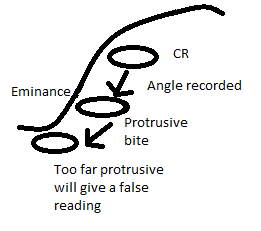200 posts!
Wow, this marks the 200th post since I started the blog back in 2012. To date this is my longest running project. Yes it has been on and off but it has been a good test of my mental fortitude writing out all these posts. It has been a great way to pass time, solidify knowledge and bounce ideas off the interweb. I've shared the blog with a few close people and the feedback seems positive. It is surprising to me how long this has been running but it has been surprising in a good way. Many things have changed in my dentistry and especially in my life since I started this blog but I can see things moving slowly onwards and upwards. Who knows what the future will bring? Here's to learning, improving and the sharing of knowledge.

